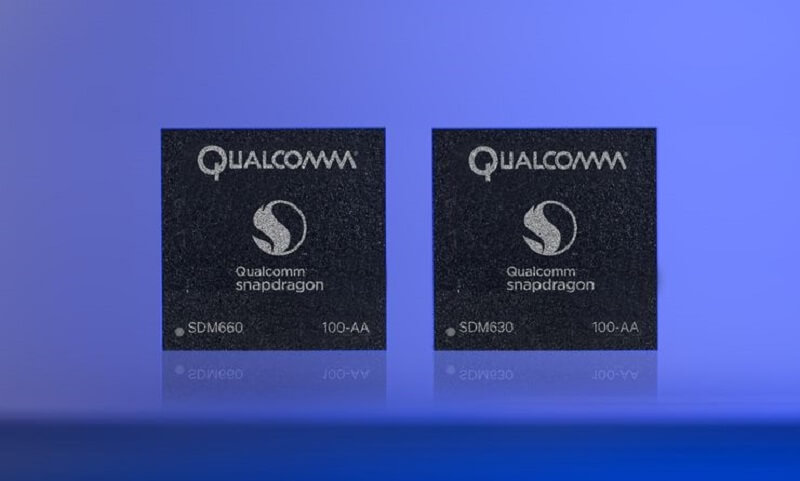
While it's often Qualcomm’s high-end chips such as the Snapdragon 835 that get all of the attention, the company’s mid-tier offerings shouldn’t be ignored. Yesterday, the firm announced the Snapdragon 630 and 660, which bring improved performance over the previous generation and a host of features that were once reserved for flagship SoCs.
Compared to its 653 predecessor, the Snapdragon 660, which is based on the Kryo architecture, boasts a 20 percent CPU performance increase and a 30 percent GPU boost. It supports resolutions up to 2560 x 1440.
The Snapdragon 630, based on ARM Cortex-A53 designs, improves on the 625 with a 10 percent faster CPU and a 30 percent faster GPU. Its maximum resolution is 1080p.
Both new platforms are manufactured using Qualcomm’s 14-nanometer process and support 4K playback/recording, up to 8GB of RAM, Bluetooth 5, and sport low-level graphics API Vulkan. Thanks to support for the company’s Quick Charge 4, they can be juiced up from flat to 50 percent in just 15 minutes.
The chips use Qualcomm’s Spectra 160 image signal processor (ISP) to increase the quality of photos through more natural skin tones and better low-light images. The 660 is a slightly better in this department, with support for two 16 megapixel cameras – the 630 can only support two 13MP sensors – and improved processing power from the Hexagon 680 DSP.
The 630 and 660 include a Qualcomm X12 modem combined with a new RF transceiver that allows downlink data rates of up to 600Mbps. The 660 also comes with 2x2 MU-MIMO 802.11ac Wi-Fi.
The Snapdragon 660 is already shipping while the 630 will ship towards the end of May. Mid-range smartphones featuring the chips are expected to arrive later this year.
https://www.techspot.com/news/69239-qualcomm-snapdragon-630-660-chips-bring-high-end.html